Renault-Backed Software Republique's H1st Vision Concept Globally Revealed
Renault-backed Software République has pulled covers from its all-new H1st Vision (Human First Vision) for the global market. It gets features such as the new biometric access control, optimised vehicle range and charging, and more.
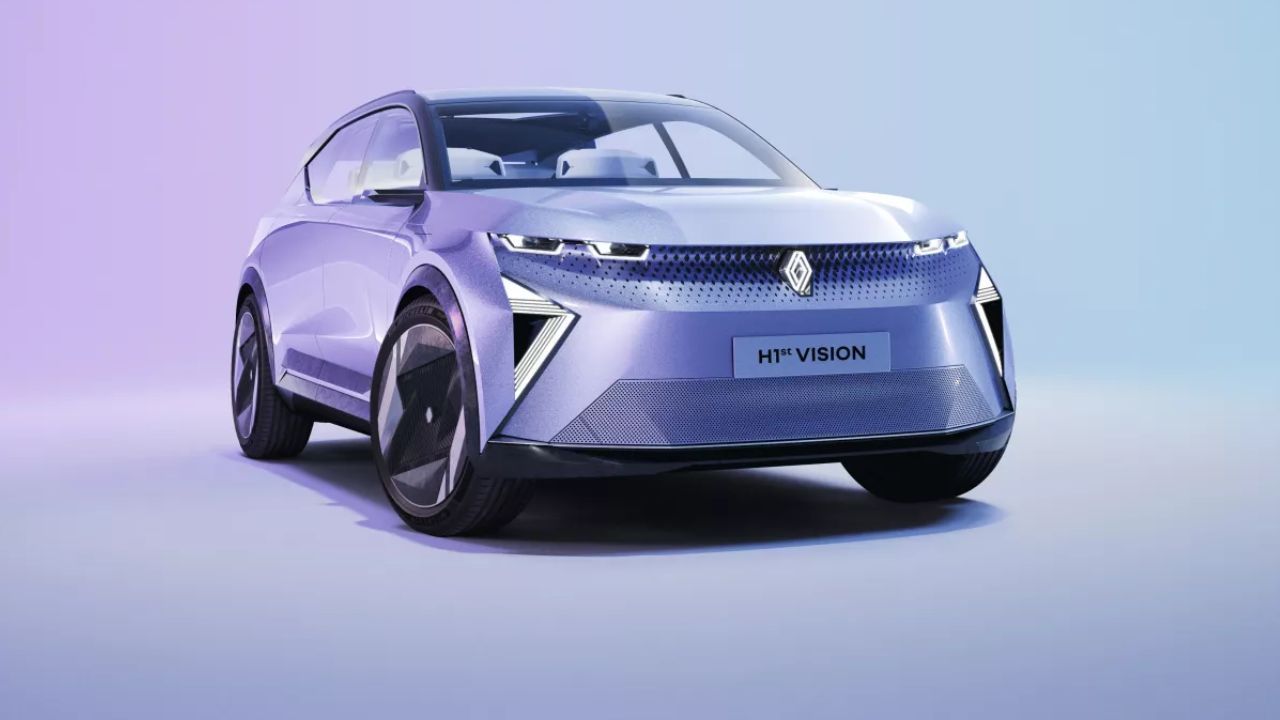
Software République has revealed a new H1st vision concept car. Six European industrial bigwigs: the Atos, Dassault Systèmes, Orange, Renault Group, STMicroelectronics, and Thales, founded the Software République in 2021. According to this Renault-backed firm, the brand-new H1st Vision, or Human First Vision, is a concept that was developed over six months by 100 people. There is no official word, but the new product appears to be a development of the Renault Scenic Vision from the previous year, modified to show human-centered advancements in mobility. While describing the all-new concept, the firm stated that the H1st vision is more than simply a concept car; it is a real-world representation of the transportation experience of the future. Speaking of the brand's goals, the consortium hopes to introduce ten new services and products, assist more than 50 start-ups in their growth, and provide services in more than 50 international markets by 2025. Let's take a closer look at the features of this new concept.
Also Read: Renault Kiger, Triber AMT BS6 Phase II Deliveries Begin in India
H1st Vision Concept Car: Key Details
According to the company, the all-new H1st Vision, also referred to as, Human First Vision, is a 'Revolution in mobility'. It comprises 20 operational advancements. The frontal appearance of the concept is notably similar to that of the Renault Scenic Vision from the previous year. Further, it has an SUV-like body. According to the firm, the concept car has cutting-edge technology, like a driver and vehicle health monitor and assistance, and predictive alarms to protect passengers and other drivers. The company further claims that Vision's 'biometric access control system, which remembers the owner's walking patterns and uses the owner's face, name, and height to unlock the car, is one of its most innovative new features. This system eliminates the need for a conventional key fob. Additionally, according to the corporation, the interface of the car can save the driver's information in a 'Digital ID wallet' to facilitate car sharing and rental.

Speaking of the concept's interior technology, the car's software includes localized audio warnings that can alert the driver to an oncoming emergency services vehicle through two tweeters in the driver's headrest. Aside from this, this technology is also capable of identifying which side of the street, the car is approaching and may alert the driver accordingly.
Further, a 16-speaker sound system inside the H1st enables each passenger to make a private phone call by playing the audio through speakers installed in their headrest and canceling its frequencies near the other passengers. The car can provide the driver with real-time information in the event of turbulent weather or heavy traffic, thanks to live data tracking.

In the event of a blackout, the H1st can be used to power external objects, including home, thanks to its vehicle-to-grid charging capability. It gets an autonomous energy management system that interacts with the grid to control how much electricity is used, charging the battery of the car when demand is low, and prices are lower, and powering home when rates are high. The H1st will be charged using a Mobilise PowerBox, which has a home charging point and a selection of 7, 11, or 22kWh AC charging stations. The driver can control the Mobilise PowerBox remotely using an app on their phone.
On the safety front, the H1st goes above and beyond the General Safety Regulations 2 (GSR2) requirements that will soon apply to all vehicles sold in the European Union. It can keep an eye on the driver's respiration and pulse rate and then provide recommendations for adjusting the interior's lighting and temperature or breathing exercises. Aside from all of the above, the concept boasts a range of new technologies and advancements. This concept car, according to Eric Feunteun, Chief Operating Officer, Software République, ''is a connected, physical and virtual object that demonstrates both a robust method for collaboration between the partners and how the technologies of Dassault Systèmes, Orange, ST Microelectronics, Renault Group, and Thales complement each other to build the mobility of the future.''
Also Read: Renault Kwid, Kiger, and Triber Attract Discounts of up to Rs 67,000 in India
Renault India Surpasses 10 Lakh Unit Production Milestone
While the Renault-backed firm is striving to bring revolution in mobility with its new concept car in a foreign space, the Indian arm of Renault has crossed the milestone of producing 10 lakh cars in our market. The carmaker, currently offers, the Renault Kwid, the Triber, and the Kiger in the country.
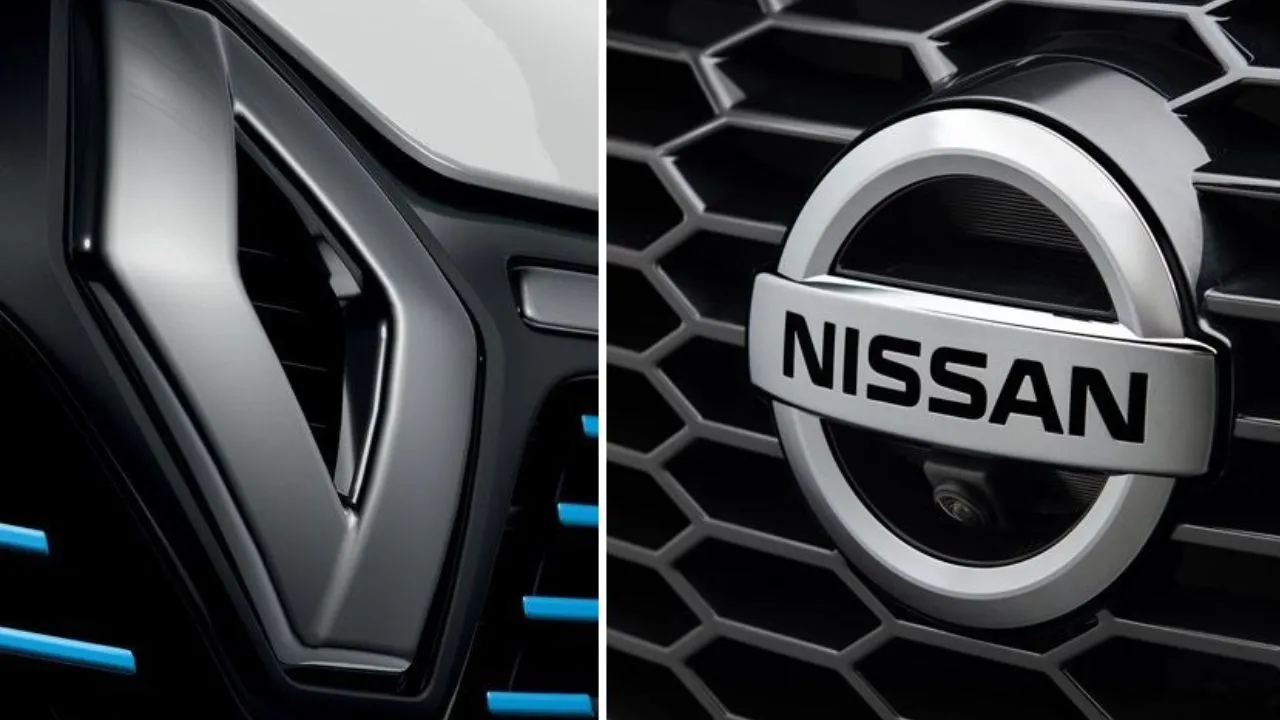

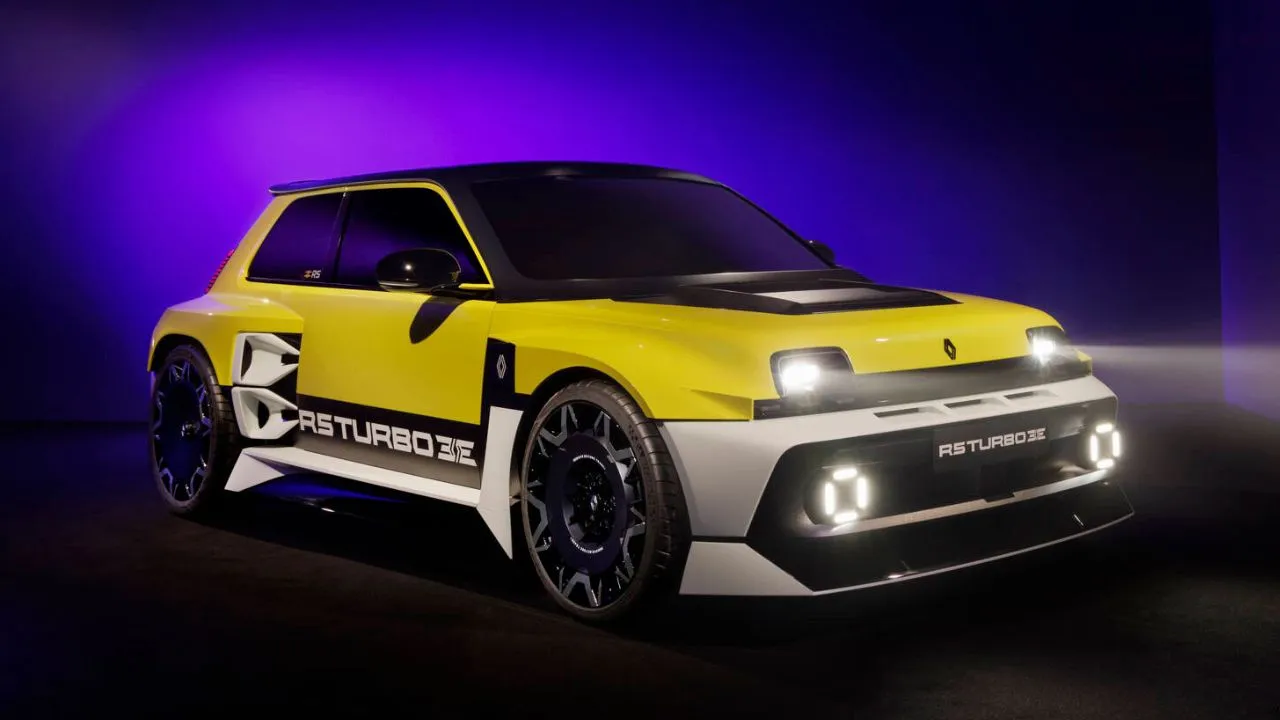
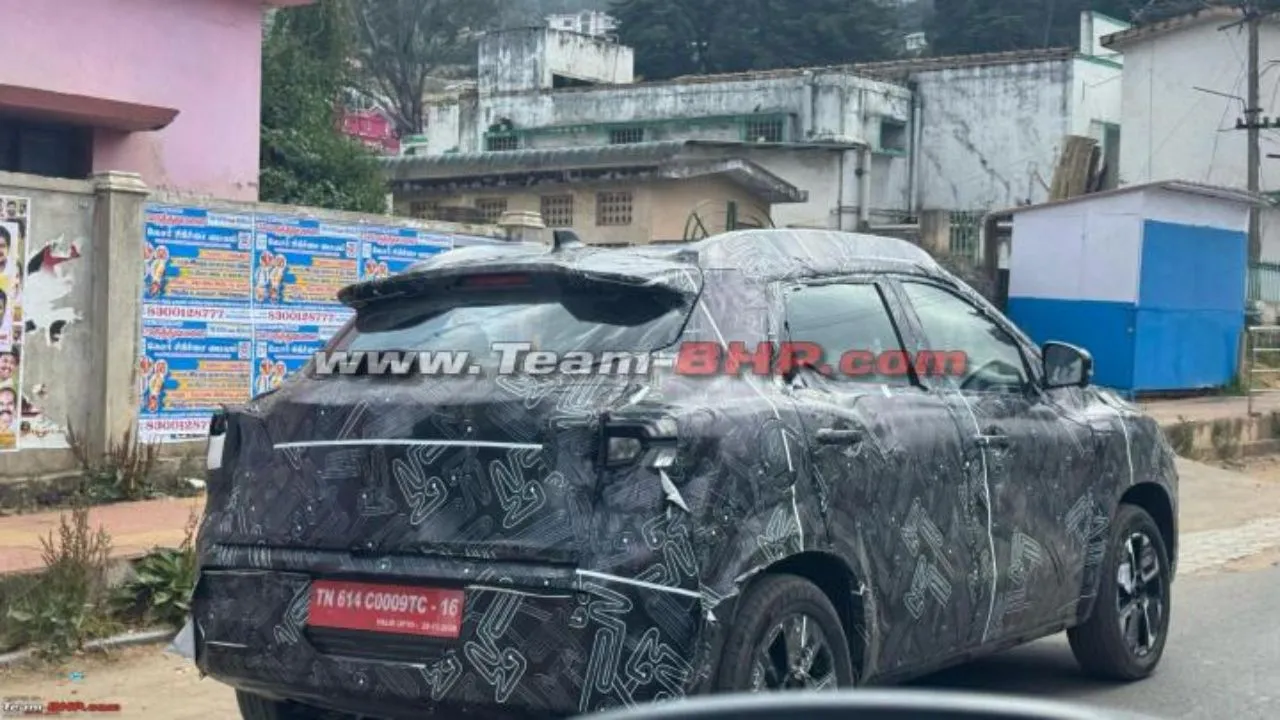
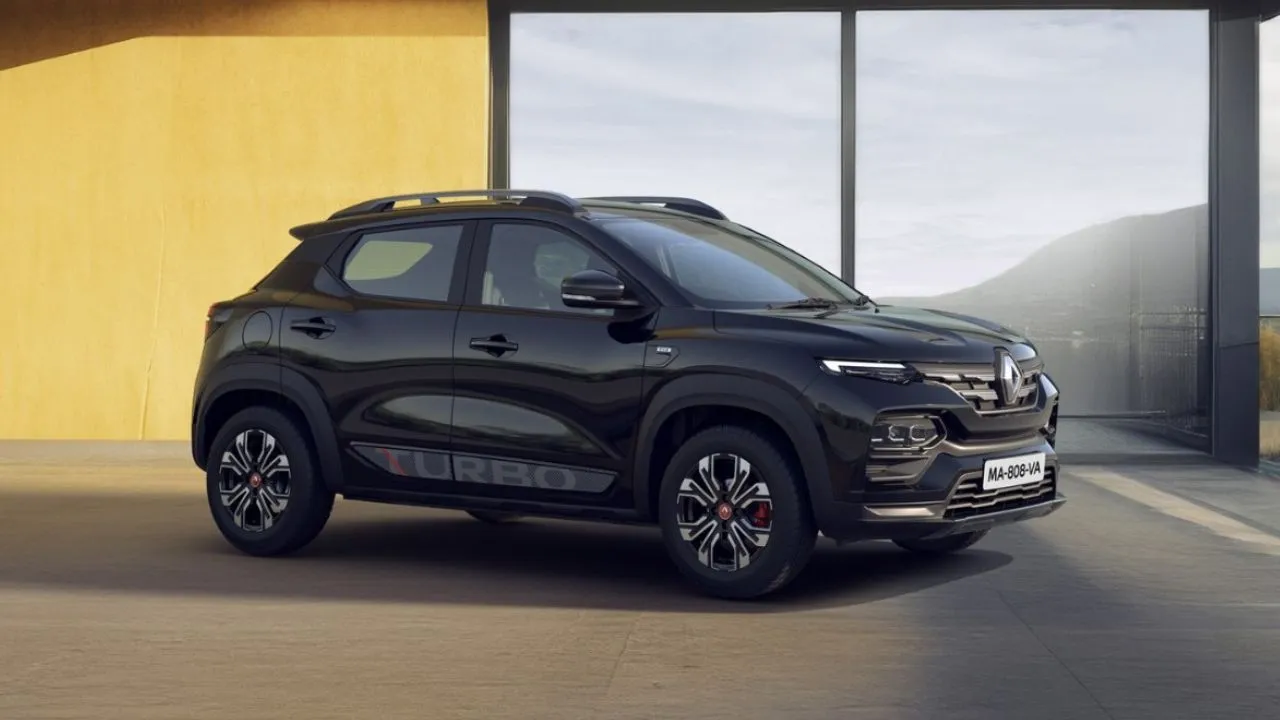
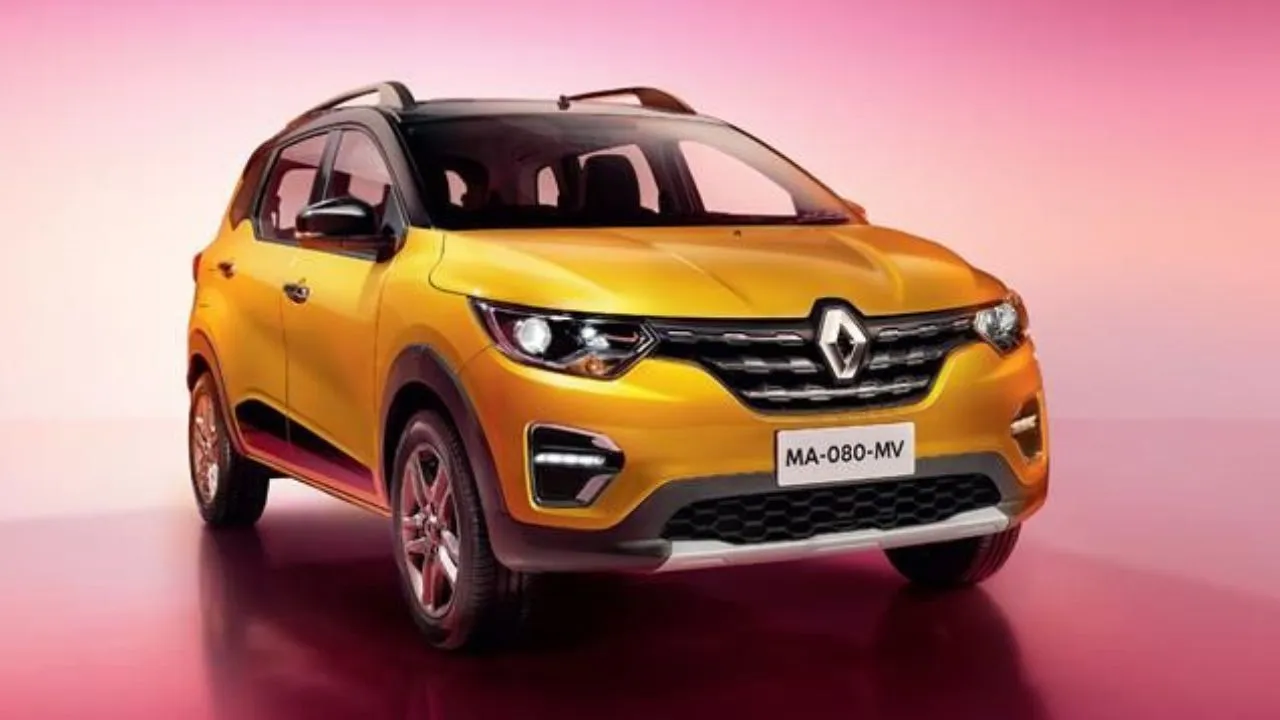
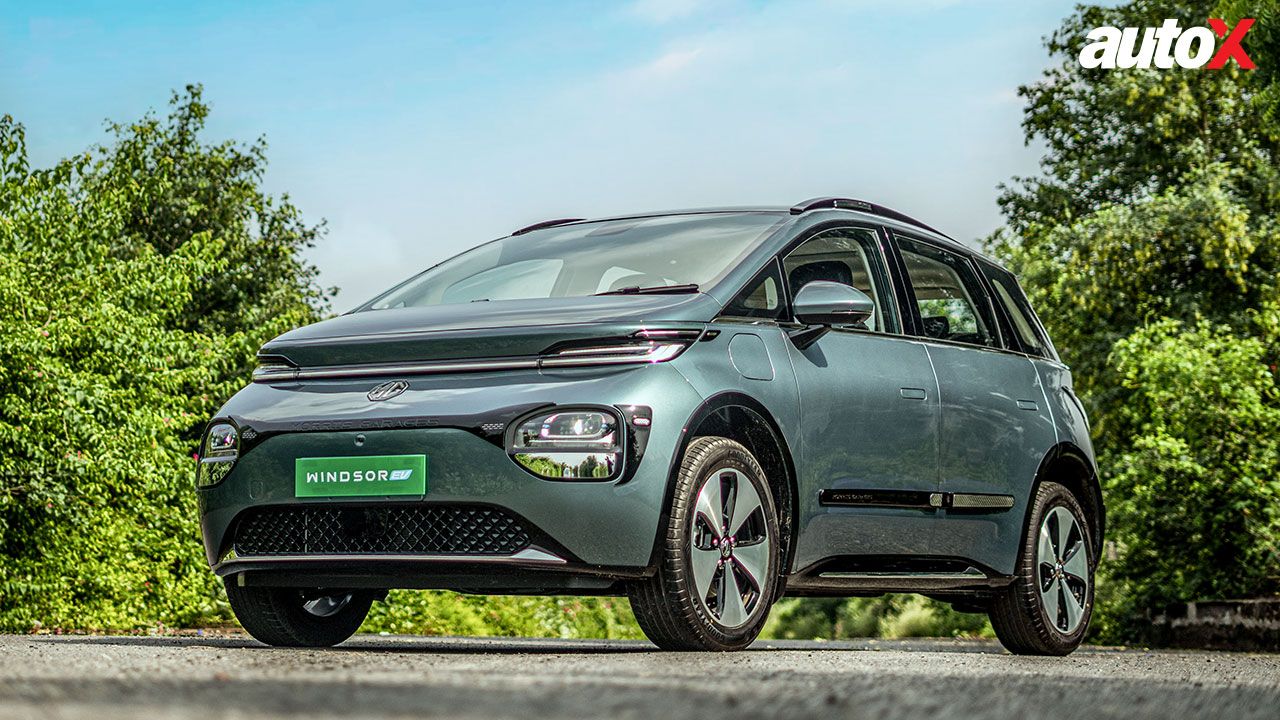


.webp)
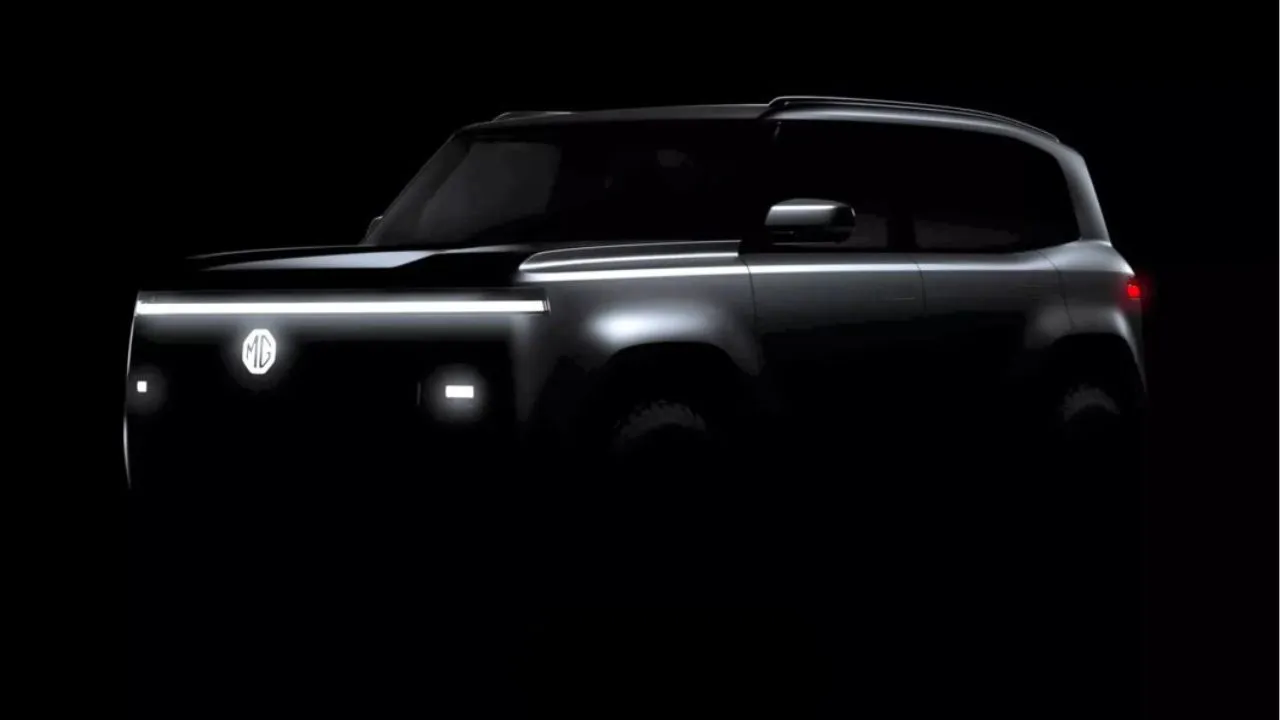



















Write your Comment on